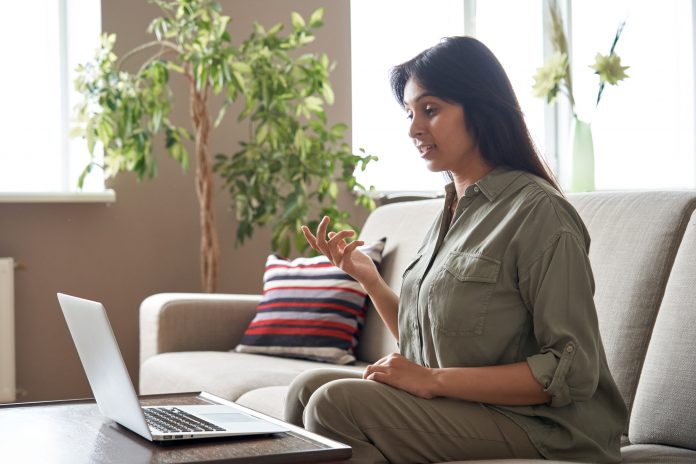Nigel Penny, Public Sector Video Collaboration Specialist, UK & IRL, Logitech, explores how the UK government’s Department for Work and Pensions worked with Logitech to prepare their offices and teams for a more flexible way of working, which proved a saving grace when the pandemic hit
COVID-19 has massively affected the ways that civil servants have been serving their duties over the past 6 months, from a rapid move to working from home to the measures now implemented to allow for a safe return to the office.
With the government recently stating that it wanted 80% of civil servants to be able to attend their usual workplace at least once a week, government bodies are needing to put in place ways to keep workers safe and engaged, such as one-way systems, staggered shift times and limits to the number of people allowed in the office at one time. These changes, however, are symptomatic of a wider, most likely permanent, shift in the culture of work that the pandemic has heralded in.
As many organisations have found over recent months, teams can work effectively and productively away from the office, and civil servants have seen the benefits of reduced commutes and a better work/life balance. But for more dispersed teams to continue to collaborate and work well together, having the right tools in place for communication is key. This means having a quality video conferencing platform, ensuring that all employees are video ready, and ensuring that in-office meeting rooms are kitted out with adequate conferencing systems to dial-in those who aren’t in the office.
The role of video collaboration to the DWP to date
Remote working in itself is not new, with 50% of employees globally working away from their office for at least two and a half days a week in 2019, and prior to the pandemic, collaborating through technology was already important for the Department for Work and Pensions (DWP). As the largest government department in the UK, with tens of thousands of civil servants based in hundreds of offices from Penzance to the Shetland Islands, the DWP had long needed to ensure remote teams could collaborate effectively, so had dipped its toe into video conferencing.
With over 90% of information transmitted to the brain being visual, the DWP knew that video meetings were far more engaging and productive than audio calls. It knew that video allowed teams to respond to each other’s facial expressions and body language, and more closely mirror face-to-face communication.
However, the previous legacy conferencing solution it was using suffered from poor audio and video quality, which was deterring users. It was clear that to garner the full benefits of video a more effective solution was needed. The DWP needed a higher-quality solution that provided superior performance and seamless integration, in order to ensure that people were willing and able to use video to communicate.
The benefits of a quality solution
The new solutions that the DWP opted for was the Logitech Rally and MeetUp conference cameras with Skype Room System, which have been installed in 280 rooms in over 150 locations across the UK. These integrated seamlessly with existing work collaboration apps, meaning that uptake has been strong and remote workers are able to communicate with one another effectively.
And once the pandemic hit, the DWP was well-placed to pivot quickly to remote working, with minimal disruption, with teams still being able to collaborate and work together effectively.
Reducing work-related travel
Aside from and prior to the pandemic, encouraging flexible working policies is also an effective way of reducing work-related travel, for a number of reasons. With more civil servants able to work remotely, it is possible to keep commuting time down, reduce travel costs for organisations and reduce the carbon footprint associated.
Through being video enabled the DWP is now able to make significant savings on taxpayer-funded travel expenses – in 2019, £44m was spent on transport and travel within the DWP, a number which has now been significantly reduced.
Tips and tricks for preparing for a new way of working
From working with the DWP to video-enable its meeting spaces and seeing the huge benefits that it has seen from investing in quality video conferencing solutions, there are a number of ways that other government organisations can prepare their workforce for these new ways of working. To summarise, here are three things to consider for a future where video may be king:
- Invest in high-quality tools for both the office and remote workers: If video conferencing is set to become one of the main ways that teams communicate with one another, investing in quality audio and visual capabilities is critical for productivity, and ultimately the success of the organisation.
- Make it easy to use: In order to encourage employees to use a system, it’s key to make it as intuitive to use as possible, and choose a system which can integrate with existing tools and software that teams are familiar with.
- Offer training and support: While civil servants at the DWP were largely familiar with using video conferencing, it may be a new way of communication for many. Ensuring people feel confident to ask questions about how to dial in, enable their camera, frame themselves well or put speakers on mute, for example, is key, as well as putting training in place from IT teams.











